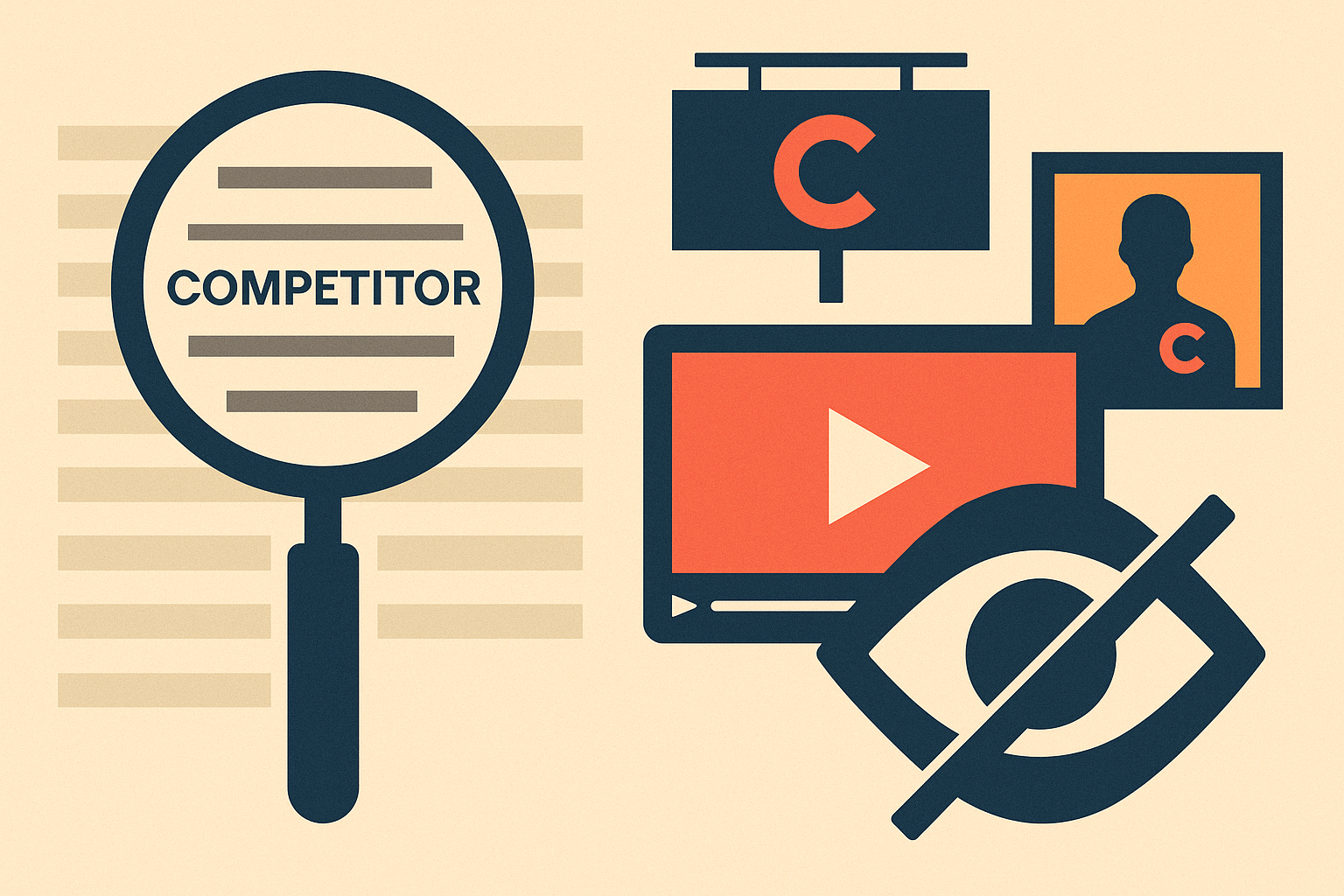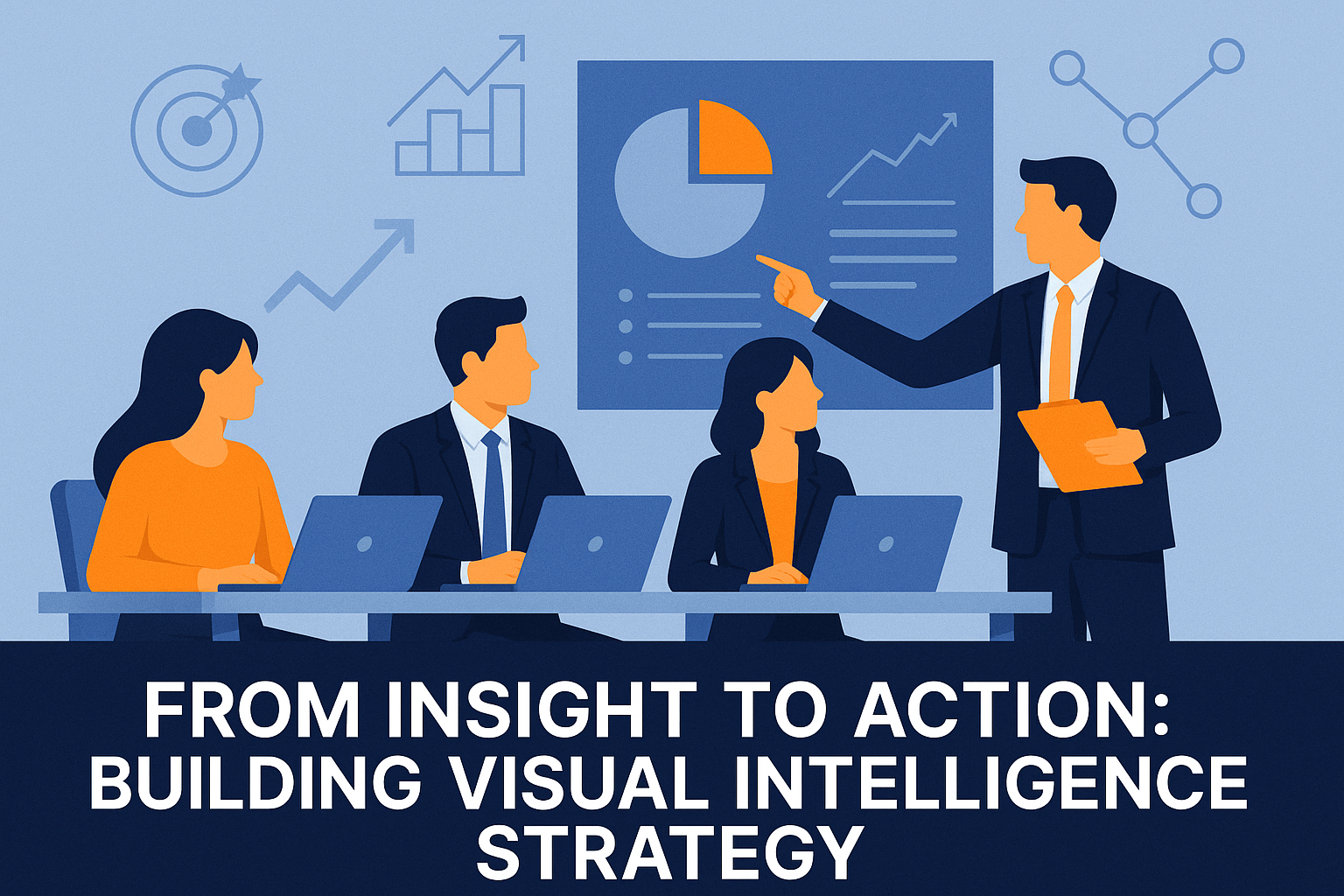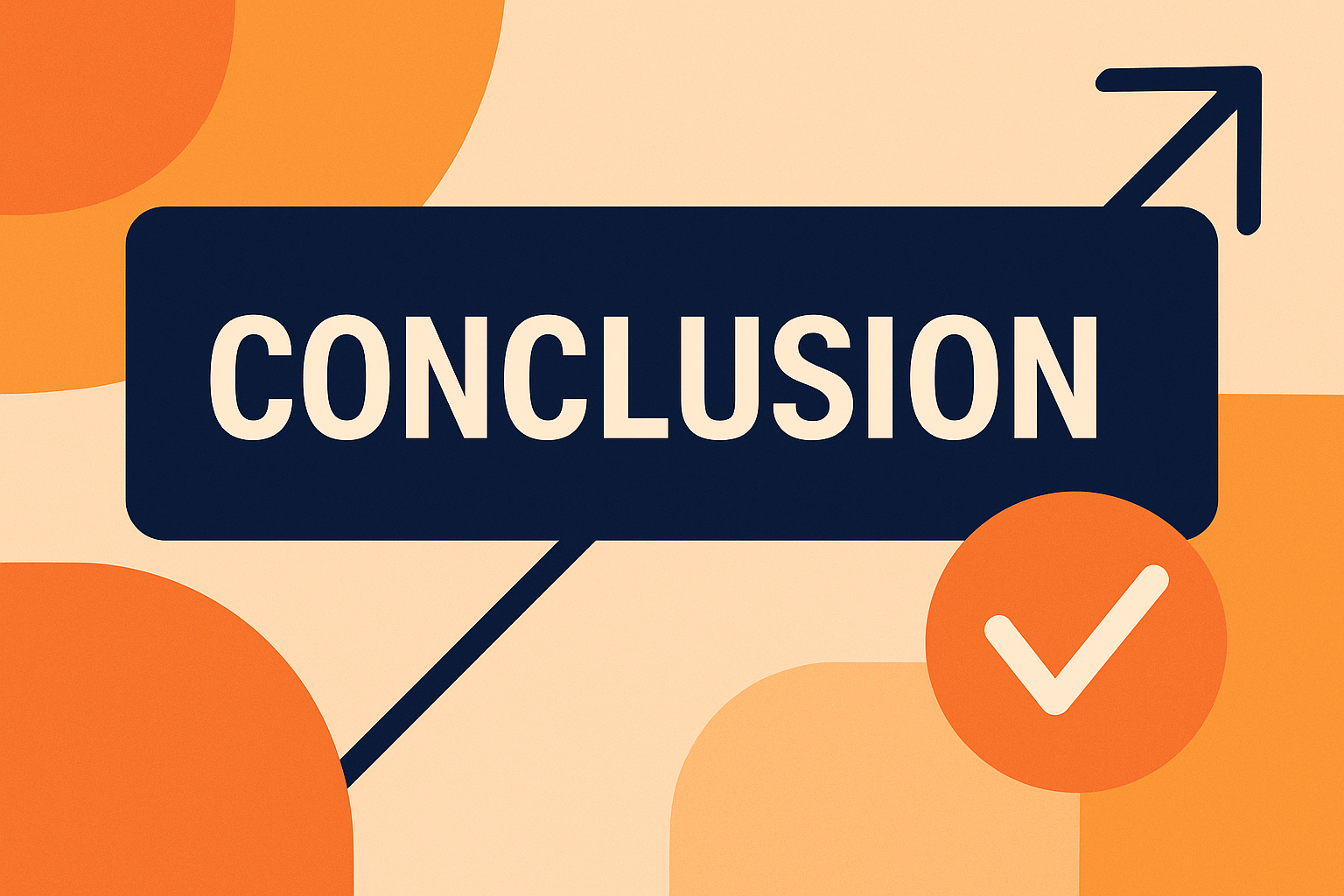Competitor Visibility: Measure Who Dominates the Visual Space
Introduction
In today’s hyper-competitive markets, executives rely heavily on metrics to make fast, high-stakes decisions. Marketing leaders track campaign mentions, PR teams monitor news coverage, and competitive intelligence units parse through text-based chatter across social platforms. Yet there is a blind spot that often goes unnoticed: what audiences actually see.
A rival’s brand might dominate the backdrop of televised events, appear repeatedly in fan-generated photos, or feature prominently in influencer videos — without ever being mentioned in the text or captions. These exposures shape consumer perception and brand recall just as strongly, if not more so, than written references. Relying solely on text analytics means missing the “silent” share of visibility that occurs every day in billboards, live broadcasts, retail environments, and digital content.
This is where visual intelligence becomes transformative. Advances in computer vision and logo detection now allow companies to measure visual share of voice — the frequency and prominence of their brand versus competitors in real-world and digital media. Instead of guessing at exposure, leadership teams can access quantifiable data: how many times a competitor’s logo appeared, where it appeared, and in what context.
For C-level leaders, this capability is not just about measurement — it is about better allocation of resources, stronger negotiation positions, and protection of market share. When sponsorship contracts, advertising budgets, or reputation management strategies are on the line, executives need more than impressions or mentions. They need evidence of true visibility in the channels and environments that influence their customers most.
This blog explores how visual detection technologies close this intelligence gap. We’ll look at the limitations of text-only monitoring, introduce the concept of visual share of voice, and outline how AI-powered brand recognition tools enable executives to move from anecdote to analytics when evaluating competitor presence.
The Hidden Dimension: Why Text-Only Monitoring Falls Short
For years, marketing and competitive intelligence teams have relied on text-based monitoring to understand brand presence. Tools scan articles, posts, and comments for keyword mentions. Sentiment analysis classifies tone, and dashboards summarize trends in public conversation. This approach has become the default for executives evaluating market visibility. Yet in a media landscape increasingly dominated by images and video, text tells only part of the story.
Think about major events — sports tournaments, music festivals, political gatherings, or product launches. The logos on backdrops, uniforms, or billboards may appear thousands of times in live coverage and fan photos. But if no one tags the brand in the caption or writes its name in the post, those exposures never show up in a traditional monitoring report. The same is true for product placements in films, influencer content, or viral memes where the brand is present visually but not mentioned.
Research shows that a significant share of brand exposure online exists only in visual form. That means executives basing sponsorship decisions, PR investments, or competitor benchmarks purely on text analytics are often undervaluing true reach by a wide margin. This is not just a measurement gap — it is a strategic blind spot.
From a C-suite perspective, the implications are clear:
Missed ROI validation: Sponsorship renewals and advertising contracts rely on exposure numbers. Without visual data, negotiations risk being based on incomplete evidence.
Competitive misread: Rival brands may be securing dominant screen time in videos or event photography while appearing invisible in text metrics. This can distort competitive benchmarking.
Reputation management risks: Negative associations can spread through untagged images or viral content. If leadership teams rely only on keyword monitoring, they may discover issues too late to act decisively.
The reality is that audiences are highly visual. They form impressions and recall brands not because they read about them but because they see them — repeatedly and in memorable contexts. Executives who continue to depend solely on text-based monitoring are essentially flying blind in half of the media landscape.
This is where visual detection tools change the equation. By recognizing logos, products, or other brand assets directly in images and videos, companies can finally surface the exposures that text analysis overlooks. For decision-makers, this provides a more accurate map of the competitive environment and unlocks the ability to manage budgets, sponsorships, and reputational risks with greater precision.
Visual Share of Voice: A New Competitive Metric
In executive discussions, “share of voice” has long been a familiar concept. Traditionally, it measures how often a brand is mentioned relative to competitors across press, social media, or advertising channels. The higher the share, the greater the assumed visibility and influence. But in the modern landscape — where attention is captured by images, short videos, and live-streamed events — this measure needs an upgrade.
Enter Visual Share of Voice (VSOV): a metric that quantifies how often a brand’s identity appears visually, not just verbally. Instead of relying on mentions, VSOV tracks what audiences actually see — the logos on jerseys, the products on shelves, the signage in stadiums, the brand names in livestream backgrounds, or the packaging in unboxing videos.
For executives, this represents a significant leap forward in competitive intelligence. Consider the difference:
Text-based monitoring may tell you that your competitor was mentioned in 2,000 tweets last weekend.
Visual monitoring may reveal that their logo appeared in 50,000 fan photos, dozens of influencer videos, and across international news broadcasts — all without a single textual tag.
This distinction matters because visual impressions are often more powerful than words. Consumers may scroll past a written mention but subconsciously register a logo placement during a video replay. Sponsorships, product placements, and guerrilla campaigns are designed precisely for this visual impact — yet until recently, executives lacked the tools to measure it with accuracy.
The payoff of measuring VSOV is strategic clarity:
Budget justification: Marketing leaders can demonstrate to the board how visual exposures deliver ROI beyond headline impressions.
Competitive benchmarking: Intelligence teams can provide evidence of whether competitors are outpacing the brand in terms of visible presence in high-value contexts.
Negotiation leverage: Procurement and sponsorship managers gain hard data to strengthen or challenge contract pricing.
Risk management: Monitoring negative or inappropriate brand appearances visually helps protect reputation before crises escalate.
By incorporating Visual Share of Voice into the executive toolkit, leaders gain a truer, multidimensional view of market presence. It shifts the conversation from speculative assumptions about visibility to hard numbers that can influence boardroom strategy, M&A evaluations, and global brand planning.
In the next section, we’ll explore real-world scenarios where visual detection has already proven to reshape decision-making — from sponsorship ROI to competitive benchmarking.
Case Highlights: How Visual Detection Drives Executive Decisions
Abstract metrics and dashboards only matter when they translate into business impact. For C-level executives, the real test of any intelligence capability is whether it improves negotiations, clarifies ROI, or strengthens competitive positioning. Visual detection technologies are doing exactly that. Let’s look at two scenarios where measuring visual presence has reshaped executive decision-making.
Sponsorship & Event Marketing: Proving True ROI
Sponsorship budgets are often among the largest discretionary marketing investments. Executives approve multi-million-dollar deals with stadiums, leagues, or entertainment properties, expecting brand visibility in return. Traditionally, proof of value has been anecdotal — highlight reels, media coverage, or audience surveys. But these approaches lack precision.
Visual detection tools now allow sponsorship teams to quantify exposure down to the second:
How many times the brand’s logo appeared on screen during a live broadcast.
How often fans’ photos or videos captured it organically on social platforms.
Whether the exposure was prominent and clear, or obscured and secondary.
Armed with this data, CMOs can walk into renewal negotiations with hard numbers instead of assumptions. They can show the board how many impressions were delivered, benchmark against competitors, and decide which sponsorships truly merit reinvestment. In short, visual intelligence converts sponsorship ROI from a guess into an auditable metric.
Competitive Intelligence: Benchmarking Rival Visibility
Executives often ask: “Are we as visible as our competitors?” Traditional reports summarize mentions in press and social media, but they rarely capture what audiences actually saw. This creates a dangerous gap in perception versus reality.
Visual detection changes the equation by continuously monitoring competitor logos across news footage, influencer streams, and event photography. Imagine discovering that a rival brand achieved twice as much on-screen visibility at a global conference — not because they paid more for sponsorships, but because their logo appeared prominently in attendee-generated content. That insight can inform next year’s budget allocations, help reframe event strategy, and identify opportunities where competitor tactics are quietly outpacing your own.
For executives, this isn’t just tactical intelligence — it’s strategic foresight. By knowing where competitors dominate the visual space, leadership can adjust positioning, sharpen negotiations, and even anticipate market moves before they become obvious in sales numbers.
In both scenarios, the common thread is clear: visual detection turns previously invisible exposure into measurable, actionable intelligence. This allows leadership teams to move from reactive guesswork to proactive strategy, backed by evidence that resonates in the boardroom.
In the next section, we’ll outline how companies can take these insights and embed them into a structured Visual Intelligence Strategy that scales from pilot projects to enterprise-wide adoption.
From Insight to Action: Building a Visual Intelligence Strategy
Identifying that visual exposure matters is only the first step. For executives, the real question is: how do we operationalize this capability so it becomes a source of ongoing competitive advantage? Building a visual intelligence strategy requires a pragmatic roadmap — one that balances quick wins with long-term scalability.
Step 1: Define Executive-Level KPIs
A strategy begins with clarity on what leadership wants to measure. Is the priority sponsorship ROI, competitive benchmarking, reputational risk, or all three? Common executive KPIs include:
Visual Share of Voice versus key competitors in defined markets or events.
Quality of exposure — whether a logo is central, clear, and positive, versus peripheral or negative.
Speed of detection — how quickly the organization identifies new visual mentions, enabling faster response.
By aligning visual intelligence to board-level metrics, executives ensure the effort directly informs strategic decisions, not just operational reporting.
Step 2: Pilot with Ready-to-Use APIs
The fastest way to validate value is to begin with cloud-based, pre-trained tools such as a Brand Mark and Logo Recognition API. These can process images and videos at scale to detect brand appearances without the need for lengthy development cycles. For C-suites, this approach means a low-risk proof of concept — quick results without heavy upfront investment.
Step 3: Integrate into Existing Dashboards and Workflows
Visual intelligence gains impact when it moves beyond isolated pilots and enters the systems executives already rely on — marketing dashboards, competitive intelligence reports, sponsorship evaluations, and risk monitoring workflows. By embedding visual detection insights into these touchpoints, leadership gains a unified view of performance across both text and image-driven channels.
Step 4: Scale with Tailored Solutions
Once the value is proven, organizations can expand to more specialized needs. Custom solutions may include recognition of seasonal packaging, detection of counterfeit products, or monitoring of competitor placements in niche markets. While these require investment, they deliver long-term returns by reducing monitoring costs, uncovering risks earlier, and creating a sharper competitive edge. For enterprises with complex brand portfolios, tailored solutions become the strategic multiplier that transforms data into dominance.
Step 5: Embed Governance and Continuous Improvement
Finally, as with any intelligence capability, governance is essential. Establish policies on how visual data is collected, used, and shared. Ensure compliance with privacy regulations. And commit to continuous improvement by retraining models as markets evolve and competitors shift tactics.
The outcome of this roadmap is clear: executives gain not just occasional insights, but a repeatable capability — one that can be trusted for contract negotiations, budget justification, and long-term strategic positioning. In a business environment where visibility is power, visual intelligence becomes the infrastructure that ensures decisions are backed by facts, not assumptions.
In the next section, we’ll explore how aligning this strategy with the right keywords and search behavior ensures the message reaches the audiences that matter — both in the boardroom and on search engines.
SEO and Trend Leveraging: Making Visual Intelligence Discoverable
A strategy is only as effective as the visibility it generates — not just for brands in the marketplace, but also for the ideas that shape executive decisions. In the same way companies measure brand presence, leaders must also ensure their own digital footprint is optimized to reach stakeholders, analysts, and customers who are searching for answers. This is where search engine optimization (SEO) and trend awareness become powerful allies.
Why SEO Matters at the Executive Level
SEO is often perceived as a tactical marketing activity. But for the C-suite, it represents a direct lever of competitive advantage. Decision-makers themselves search for market benchmarks, competitor strategies, and new tools. If your organization’s thought leadership or brand presence doesn’t appear in those searches, your competitor’s will. In the battle for attention, visibility begins on Google.
Today, high-value keywords are shifting away from generic phrases like “brand mentions” toward emerging search terms tied to visual data and competitive intelligence. Terms such as:
visual brand monitoring
logo detection tools
visual share of voice
brand visibility analytics
competitive intelligence software
These are gaining traction as executives and analysts increasingly recognize that traditional monitoring leaves blind spots. By anchoring content, reports, and even investor-facing materials to these keywords, organizations can align themselves with the way decision-makers are now searching.
Riding Market Trends for Influence
Google Trends data shows rising interest in concepts like visual listening and logo recognition, particularly in the context of marketing technology and AI adoption. This reflects a growing market education: executives are no longer satisfied with text-only dashboards. They are actively looking for solutions that quantify what audiences actually see.
Forward-looking organizations can leverage this momentum by publishing content, case studies, and proof points that explicitly address these searches. By doing so, they ensure their insights are not only strategically sound but also findable at the exact moment decision-makers are looking for them.
Connecting Strategy to Technology
Visual intelligence is not just about measurement — it is also about discoverability. By embedding references to tools such as logo recognition APIs into executive narratives, companies can demonstrate both thought leadership and practical capability. This positions leadership teams as innovators while also making their solutions indexable against high-value search queries.
For C-level executives, the message is clear: just as brand presence must dominate the visual space, corporate narratives must dominate the digital search space. Aligning strategy with trending keywords ensures that the company’s voice — supported by hard data from visual detection — is heard at the right level, by the right audience, at the right time.
In the final section, we will bring these threads together, showing how visual intelligence not only closes a measurement gap but also provides the boardroom with the clarity to make faster, better, and more defensible decisions.
Conclusion — Turning Visibility Into Advantage
In an era where attention is fragmented and consumer trust is hard-won, what audiences see often outweighs what they read. Competitors that dominate the visual space — through logos on event stages, product placements in videos, or consistent exposure across news and social media — are shaping market perception in ways that traditional text monitoring cannot capture. For executives, the danger lies in assuming that a lack of mentions means a lack of influence. The reality is often the opposite: rivals may be visually omnipresent while remaining textually invisible.
Visual intelligence closes this gap. By measuring Visual Share of Voice, leaders move from anecdotal impressions to quantifiable evidence. This enables more confident negotiations with sponsors, sharper benchmarking against competitors, and earlier detection of reputational risks. It transforms competitive intelligence from a reactive process into a proactive tool for growth.
Importantly, adopting visual detection does not require a full-scale technology overhaul on day one. Cloud-based solutions such as brand recognition APIs offer an immediate, low-barrier way to pilot this capability. From there, companies can evolve toward tailored visual intelligence systems that account for unique market contexts — whether that’s monitoring seasonal packaging, spotting counterfeit goods, or analyzing competitor strategies in niche environments. While such customization requires investment, it pays off in reduced monitoring costs, stronger brand protection, and sustained competitive advantage.
For C-level executives, the takeaway is clear: visibility is power, but only if it’s measured. Those who continue to rely solely on text-based monitoring are operating with half the picture. Those who embrace visual intelligence gain the clarity to direct budgets more effectively, negotiate from a position of strength, and stay ahead in markets where perception drives value as much as performance.
The next phase of competitive advantage will not belong to the brands with the loudest mentions, but to those with the most visible presence — and the leadership foresight to measure it.






